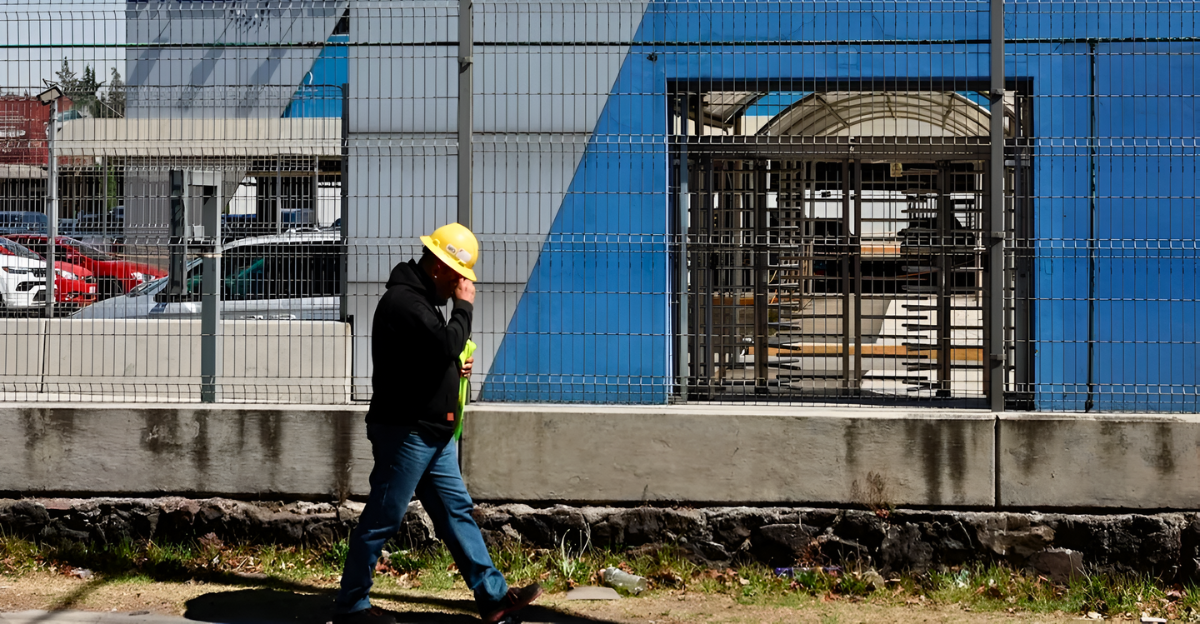
On July 30, 2025, just after 7 p.m. ET, a powerful magnitude 8.8 earthquake shook Russia’s Kamchatka Peninsula, sending shockwaves thousands of miles across the Pacific Rim.
The U.S. Geological Survey confirms this as the sixth-largest earthquake ever recorded. Within minutes, tsunami sirens screamed across Japan and Hawaii, forcing nearly two million residents to evacuate vulnerable coastal areas. Meanwhile, California’s coastline stood on high alert as officials swiftly issued warnings, preparing communities for a possible threat.
The Pacific Tsunami Warning Center called this a stark reminder that the Ring of Fire remains one of Earth’s most volatile and unpredictable seismic zones.
Epicenter Near Kamchatka Sends Powerful Tremors Across the Pacific

The quake’s epicenter was about 78 miles east-southeast of Petropavlovsk-Kamchatsky, Russia, at a shallow depth of 19 kilometers, according to the USGS. Tremors rattled communities hundreds of miles away. The Pacific Tsunami Warning Center swiftly issued alerts, highlighting the quake’s sudden and powerful energy release.
A geophysics expert explained that seismologists noted that megathrust quakes like this can reshape coastlines and require constant vigilance across Pacific Rim countries.
An Earthquake Among Giants: Matching History’s Most Powerful

According to USGS data, at magnitude 8.8, this earthquake joins ranks with historic events like the 2010 Chile and 1906 Ecuador earthquakes. It’s the largest since Japan’s 2011 Tohoku quake, which experts say still shapes regional preparedness efforts.
Officials and researchers agree that the event has reignited urgent discussions about early warning systems and public readiness.
Kamchatka’s Coastal Towns Grapple With Tsunami Damage and Fear

Even though Kamchatka is sparsely populated, the earthquake’s powerful tremors rattled homes and lives. In the port town of Severo-Kurilsk, tsunami waves surged ashore, flooding streets and forcing a state of emergency across Russia’s northern Kuril Islands.
Officials reported injuries and damaged buildings, but what struck residents most was the shock and fear. One local shared with NHK Japan how the sudden roar of the waves left them shaken, grateful for the quick evacuations, but still haunted by the disaster’s emotional toll.
Tsunami Waves Up to 13 Feet Flood Russia’s Eastern Coast

Tsunami waves up to 13 feet (4 meters) slammed into Russia’s eastern shores, forcing mass evacuations as authorities warned that dangerous currents and additional waves could persist for hours.
Scientists emphasized the crucial role of early warning systems, demonstrating just how rapidly natural disasters can escalate and threaten coastal communities.
Japan Orders Nearly Two Million Residents to Evacuate Coastal Areas

NHK reported that Japan’s government ordered evacuations across 220 coastal municipalities, impacting nearly two million people. Continuous tsunami alarms urged residents to reach higher ground immediately.
Disaster experts said officials credited improved public preparedness and emergency drills since the 2011 Tohoku disaster for the rapid and orderly response.
Japan’s Transport and Airports Halted Amid Tsunami Alerts

Tsunami waves forced the suspension of train services on 41 routes, with airports rerouting flights for safety. Nuclear plants were monitored but showed no abnormalities, easing fears of a nuclear crisis.
Despite minor injuries, Japan’s emergency protocols minimized damage, demonstrating the effectiveness of lessons learned from past events.
Hawaii Urges Immediate Evacuations as Tsunami Sirens Sound

Hawaii’s Emergency Management Agency activated sirens and cellphone alerts for immediate coastal evacuations. Major ports closed, flights were diverted, and the National Guard mobilized.
Officials reminded residents that tsunami waves can be unpredictable and urged them to stay clear of shorelines until the all-clear was given.
First Tsunami Waves Hit Hawaii, But Larger Waves Could Follow

The initial tsunami waves reached Hawaii at around 7:15 p.m. local time, with heights of up to 3 feet. Authorities warned that larger, more powerful waves could still be on the way, urging residents to remain vigilant and strictly follow evacuation orders.
Experts stressed that complacency could be deadly, emphasizing that the unpredictable nature of tsunamis demands ongoing caution until officials declare the threat has passed.
California’s Coastline Stands Ready as Tsunami Advisories Spread

California’s coastal communities faced tsunami advisories from Los Angeles to San Francisco. Officials urged residents to avoid beaches and harbors, activating emergency alert systems like the MyShake app.
While no tsunami waves have yet been recorded on the West Coast, emergency coordinators confirmed that precautionary measures reflect California’s commitment to seismic safety.
Pacific Shipping and Air Traffic Disrupted Amid Emergency Measures

Flights to Hawaii and California were delayed or rerouted, while Pacific shipping lanes were temporarily closed to reduce risk and assist emergency coordination. Port operations are paused, impacting trade and travel schedules.
Analysts say these disruptions reveal how natural disasters ripple beyond physical damage, affecting regional economies.
Tsunami Warnings Spread From Alaska to New Zealand and Beyond

The Pacific Tsunami Warning Center extended alerts from Alaska and Mexico to New Zealand and Pacific island nations. Several governments, including the UK and China, updated travel advisories.
Officials emphasized that this wide-reaching network highlights international cooperation critical to protecting millions living along vulnerable coastlines.
Scientists Warn Aftershocks Could Continue for Weeks to Come

Seismologists recorded foreshocks earlier in July and now warn of potential aftershocks reaching up to magnitude 7.5. Experts praised the Moment Magnitude Scale’s precision over older methods for measuring quake energy.
This ongoing seismic activity means communities must stay alert, they cautioned.
Japan’s Swift Response Reflects Hard-Learned Lessons From 2011

Officials credited public education and infrastructure improvements for Japan’s quick evacuations. Heightened awareness from the 2011 Tohoku disaster was key in minimizing injuries and saving lives, NHK reported.
Preparedness and rapid action remain vital in surviving major quakes.
Recovery Efforts Begin Amid Continued Vigilance for Aftershocks

As tsunami warnings ease and waves subside, recovery starts in Russia, Japan, and Hawaii. No major casualties have been reported, but officials caution that the aftershocks and secondary waves could still pose risks.
This event underscores the importance of early warnings, resilience, and global cooperation in managing Pacific seismic threats.






